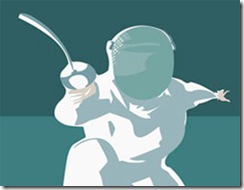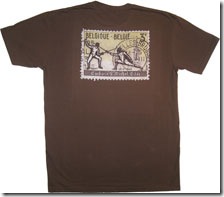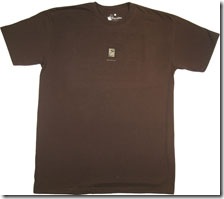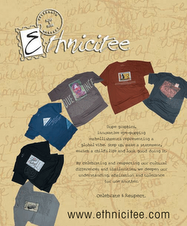I have always marveled at the skill and grace of Fencing. The excitement and beauty of the duel, choreography composed of elegance and violence. The images of Zorro, Robin Hood, The Three Musketeers, as well as Obi-Wan, Luke and Darth Vader, forever crystallized my interest in this style of combat.

In the broadest possible sense, fencing is the art of armed combat involving weapons manipulated by hand, rather than shot, thrown or positioned. In contemporary common usage, "fencing" tends to refer specifically to European schools of swordsmanship and to the modern Olympic sport that has evolved out of them.
Fencing is one of the four sports which have been featured at every modern Olympic Games. Currently, three types of weapon are used in Olympic fencing:
- Foil — a light thrusting weapon; the valid target is restricted to the torso; double touches are not allowed
- Épée — a heavy thrusting weapon; the valid target area covers the entire body; double touches are allowed.
- Sabre — a light cutting and thrusting weapon; the valid target area includes almost everything above the waist
The word 'fence' was originally a shortening of the Middle English ‘defens’ that came from an Italian word, 'defensio', in origin a Latin word. The first known use of defens in reference to English swordsmanship is in William Shakespeare's Merry Wives of Windsor: 'Alas sir, I cannot fence.’ (http://www.etymonline.com/)
The image used for inspiring our Fencing Academy T-shirt is from a stamp issued in 1963 commemorating the 350th anniversary of the granting of a charter to the fencing guild of city of Ghent, Belgium. The Saint Michael’s guild of Fencing is the oldest fencing club in the World and was founded in the 1600’s. Pictured to the right of the graphic is The Belfort (13th century) of Ghent, a symbol of the power of the guilds and the city.
Ghent, Belgium started as a settlement at the confluence of the Rivers Scheldt and Lys and became in the Middle Ages one of the largest and richest cities of northern Europe. Archeological evidence reveals the presence of humans in the region of the confluence of Scheldt and Lys going back as far as the Stone Age and the Iron Age. Most historians believe that the older name for Ghent, 'Ganda' is derived from the Celtic word 'ganda' which means confluence.
Q. Who are your favorite Hollywood swashbucklers?
Q. Which weapon is your weapon of choice?
Q. Which is your favorite Movie Fencing Duel?
If you are interested in Ethnicitee Fencing Academy apparel, click here!





No comments:
Post a Comment